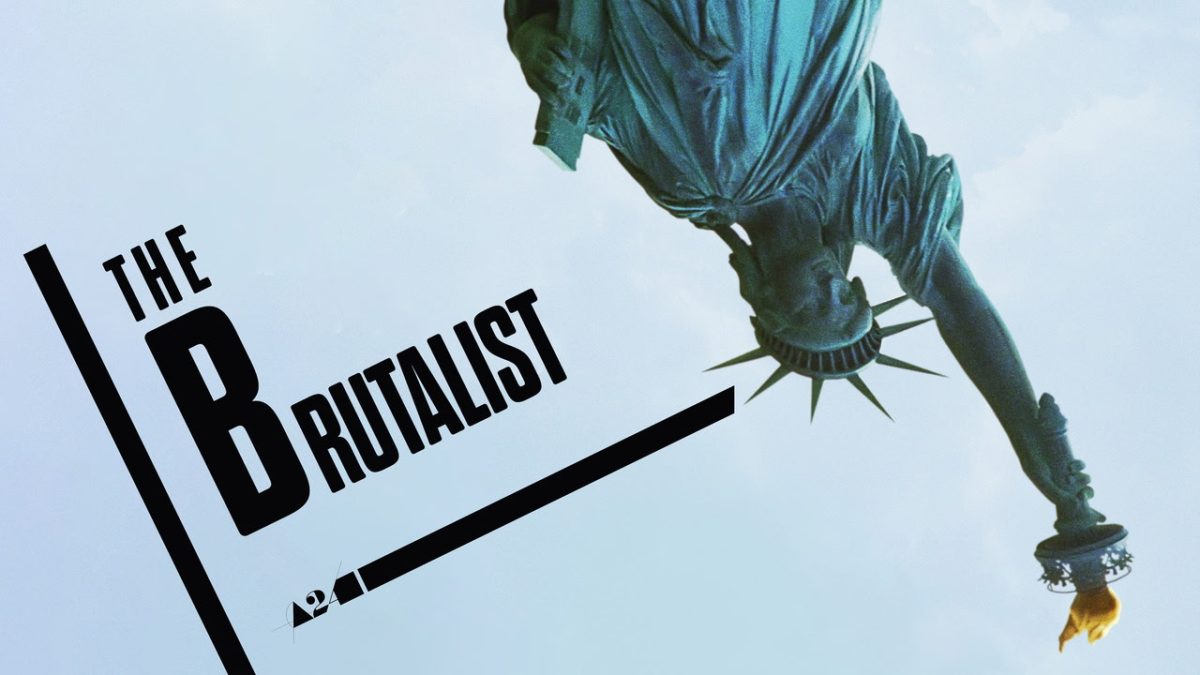A fragment of Hitler’s detonated desk, a valve which survived the Hindenburg inferno and the personal telephone of Mussolini. All this – and more – lie hidden beneath Norwich’s unsuspecting campus.
“In all the museums I have worked at, usually 95 percent of their stock is in storage at any given moment,” said Amber Wingerson, curator of exhibits and collections at the Norwich University Sullivan Museum and History Center. “At Norwich, this is especially true, and that percentage is probably even higher.”
The Norwich University Sullivan Museum and History Center is practically a living entity, constantly changing its face to reflect current interests at the school. This results from the museum’s constant influx of fresh artifacts, in a duality explained by Wingerson as donations from Norwich alumni and the selective search for desired objects, aided by a prestigious Smithsonian affiliation. As a result of this, the museum’s display cases and storage basement are a veritable trove of historical relics, some dating back centuries to the schools’ beginnings, others more recent.
As seen by the general public, the Sullivan Museum and History Center appears detailed, yet not unusually large. However, it is underneath the main floor where an exorbitant percentage of its artifacts are to be found.
Rows of metal cabinets, which reach to the ceiling and are set on rails or tracks, have their drawers filled with carefully preserved and labeled acquisitions. Others have panels that slide out, holding suspended dozens of uniforms and paintings from a bygone age. Finally, what remains of empty floorspace is filled with those artifacts too large to be stored elsewhere.
From furniture to rockets, clothing to maps, American coins from 1785 to a life-sized 1827 portrait of a Norwich cadet, the storage space of Norwich University’s Museum is a unique exploration into the past.
Before finding its home in the dedicated Sullivan Museum and History Center, the artifacts collected around Norwich University were housed in several, less satisfactory, locations. In 1902 Dewey Hall was built, and for a short time much of the museum property was kept there. Then in 1955, Harmon Hall opened, allowing for White Hall to become White Chapel, the basement of which became a designated museum space until the construction of the Sullivan building in 2007.
“There was really no staff for the museum,” said Gary Lord, former history professor at Norwich University for 48 years and resident of Brookfield, Vermont. “I became sort of a part-time curator (in the White Chapel Museum) in addition to my teaching duties.”
Despite this shortage of proper funding or staffing, Lord managed the affairs of the museum with dedication, cataloging hundreds of the now thousands of artifacts in storage. Much of the museum focus at that time was on Norwich history, preserving and acquiring collections from important figures such as General I. D. White, Lieutenant General Brooks, General Harmon, and Admiral Dewey. Yet despite Lord’s work, it became clear that as the museum collection expanded, so must its housing.
“The chapel basement was not ideal for a museum,” said Richard Schneider, retired president of 28 years at Norwich University and resident of Leicester, Vermont. “It was moldy, musty, damp, the steam pipes dripped, but it was the only place we could put it. So I decided to build a new museum, and I raised the money for it to do that.”
Now in the hands of new staff, the Sullivan Museum and History Center is continuing to offer new exhibits and expand its scope. By next years’ homecoming, the museum faculty hope to replace its Civil War Medal of Honor display with a display commemorating the 50th anniversary since women were accepted at Norwich.
Then in 2025, which marks the 50th anniversary of the end of the Vietnam War, an exhibit will be presented relating to this bitter-sweet anniversary celebration. It will focus on the story of the war from the perspective of Norwich University alumni, dozens of whom served in active combat zones overseas.
Finally, in 2026, there promises to be a large display in honor of Adm. George Dewey, decorated admiral of the United States Navy and namesake of Norwich’s Dewey Hall. As Wingerson explained, even this early in advance, the museum staff have begun looking for and collecting commemorative items which might be displayed as a part of this exhibit.
“What a huge, huge improvement,” said Schneider, reflecting on the new museum building. “And then we got even Smithsonian affiliation status. We’re the only museum in Vermont (with Smithsonian affiliation), and by the way there is none in New Hampshire, because we know how to take care of stuff.”



























